It’s December! In the past I have written about many of the elements that guide communities to be “recovery ready.” Our alcohol and other drug crises present opportunity. The recovery movement is strong and growing. Holiday season causes us to focus on children. For the children and all of us, the nation’s communities must face and overcome the evil crisis that is drug misuse and addiction. They must review and understand sustained recovery, harm reduction, and the benefit of less than total abstinence. “They’re not trying to die,” said Stamos-Buesig, founder and executive director of the Harm Reduction Coalition of San Diego, which runs a mobile program providing clean syringes and other supplies to protect the health of people who use drugs. “They’re attempting to keep their use at a manageable level and stay alive.” As deaths from drug overdoses have hit record highs claiming an estimated 107,000 lives last year across the United States, many public health advocates, researchers, and activists are pushing to help people find out what is in their drugs and use that knowledge to reduce risk.
I learned that sustained Recovery Management (RM) coupled with Recovery-Oriented Systems of Care (ROSC) would provide the road map that assures the appropriate support along the journey. In a previous blog I mentioned progress along the road to recovery could be supported by GPS, Guided by Peer Support. Note: In announcing birth of a special child, God Provided Star (GPS) to where the special child lay.
Community Reinforcement and Family Training, (CRAFT) teaches families and friends effective strategies for helping their loved ones to change and seek ways to better themselves. Of course, words were involved; words and the nature of response. What to say and when to say it might promote a change of behavior, remembering it’s a process not an event. Use reflection with positive reinforcement and patience and pride in small changes. It is encouraging 80% listening with reflective and positive attention and 20% “I” centered response, “I feel,”” I see”, “I hear”, to promote understanding and trust. I repeat— develop a recovery ready community. In the past and now today, we hear the words, together we shall overcome. A sense of common purpose and fellowship brings understanding, love, and care for fellow beings. No matter the cause, message, or disaster.
Hiding in Plain Sight: Youth Mental Illness, a Ken Burn’s PBS two-part documentary, presents the raw accounts of nearly two dozen young people from diverse backgrounds who are open about their excruciating life experiences. Through varied stories that touch on issues like abuse, addiction, and discrimination we learn that everybody, no matter their backgrounds, is affected by America’s mental health crisis in one way or another. Los Angeles Times printed an excellent article by Soledad Ursula. Perspective, knowledge, and experience was evident. The attention to drug addiction and untreated severe mental conditions deserves more focus with reduction of danger and a bigger payoff. She writes of the California Peace Coalition which hopes for an adequately funded, statewide approach to, among other things, recovery services, medically assisted drug treatment through out-patient treatment and residential care facilities. Through research and evidence-based practices, agencies and providers such as the California Consortium of Addiction Programs and Professionals, (CCAPP), have many more tools available.
There are many paths to recovery and that all have their inhabitants on a journey. They sometimes have setbacks on their path to survival and recovery. I wrote a blog about words and as I thought about words, I thought of fellowship and community. Another word might be unity. A fellow commissioner in Denver had a position working with the homeless population and had firsthand insight to the “community” he described. They had contrived a unity of fellowship with a sense of self awareness and survival. They exchanged information about resources and the sense of being apart but not alone. So many lived with mental illness and substance use. They feared change and disruption of a routine. One said, “I’m not going because I will lose my way, my friends, and my stuff.” “Stuff” is important.
In a previous blog I wrote: There are professionals with knowledge of the science of addiction who can prescribe appropriate drugs. Methadone, buprenorphine, naloxone, and naltrexone can all be effective in treating opioid addiction. Nalaxone HCI (NARCAN), can prevent overdose deaths. Medications are often an important part of treatment, more so when combined with behavioral therapies. All lead to the essential ability to think clearly and responsibly. Recovery from addiction leads to physical and mental well-being and alternatives to prolonged medicinal drug use. The reality of life in recovery is worthy of constant attention and healthy living—for all.
Those who are in sustained recovery, work with those who practice harm reduction, have access to Narcan, be in touch with peer-based services, and last, pay attention to your recovery.
Merlyn Karst —Recovery Ambassador
Recovery Is for Everyone—Every Person, Every Family, and Every Community

